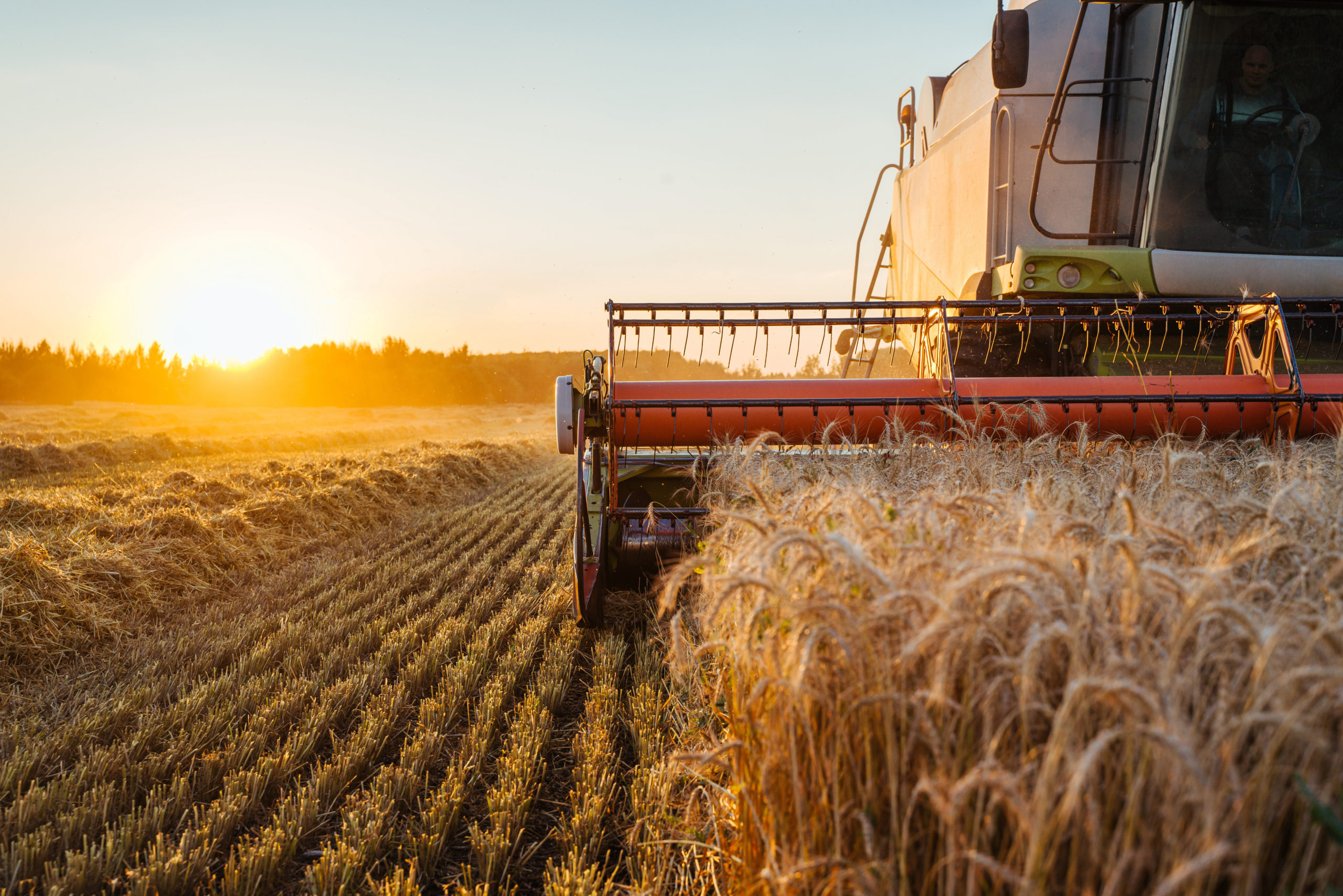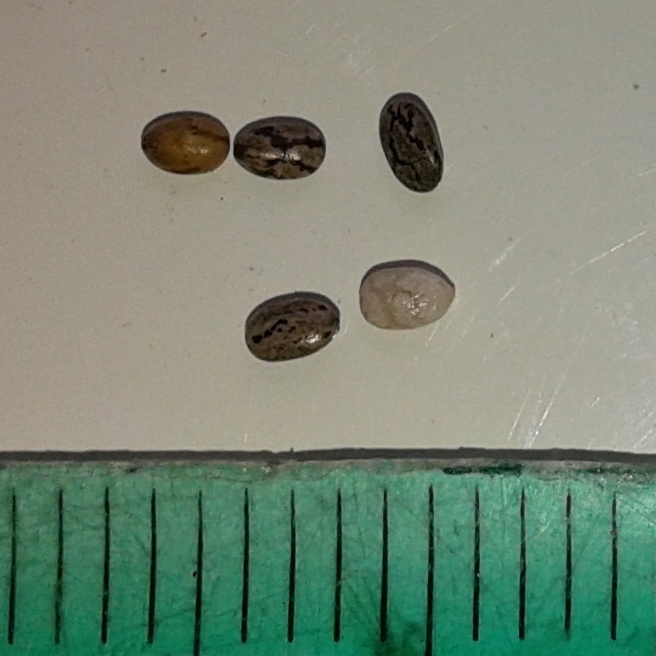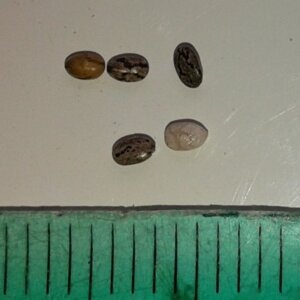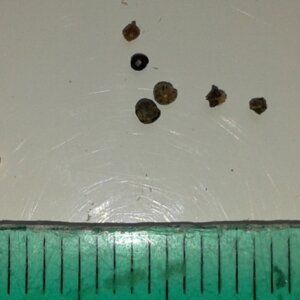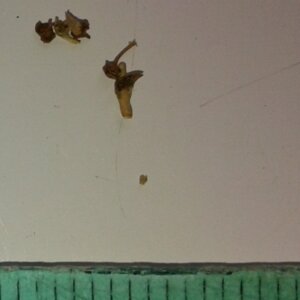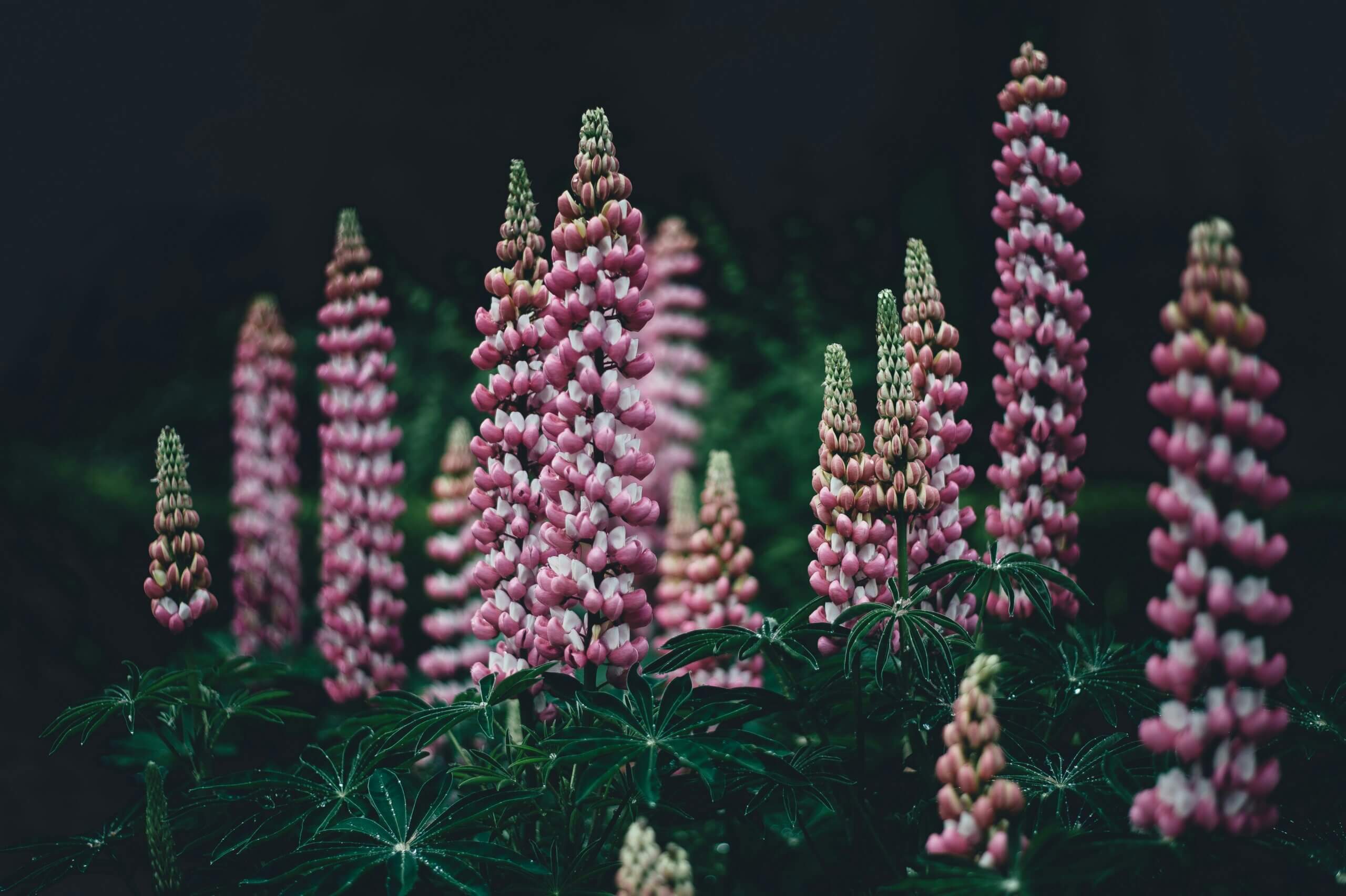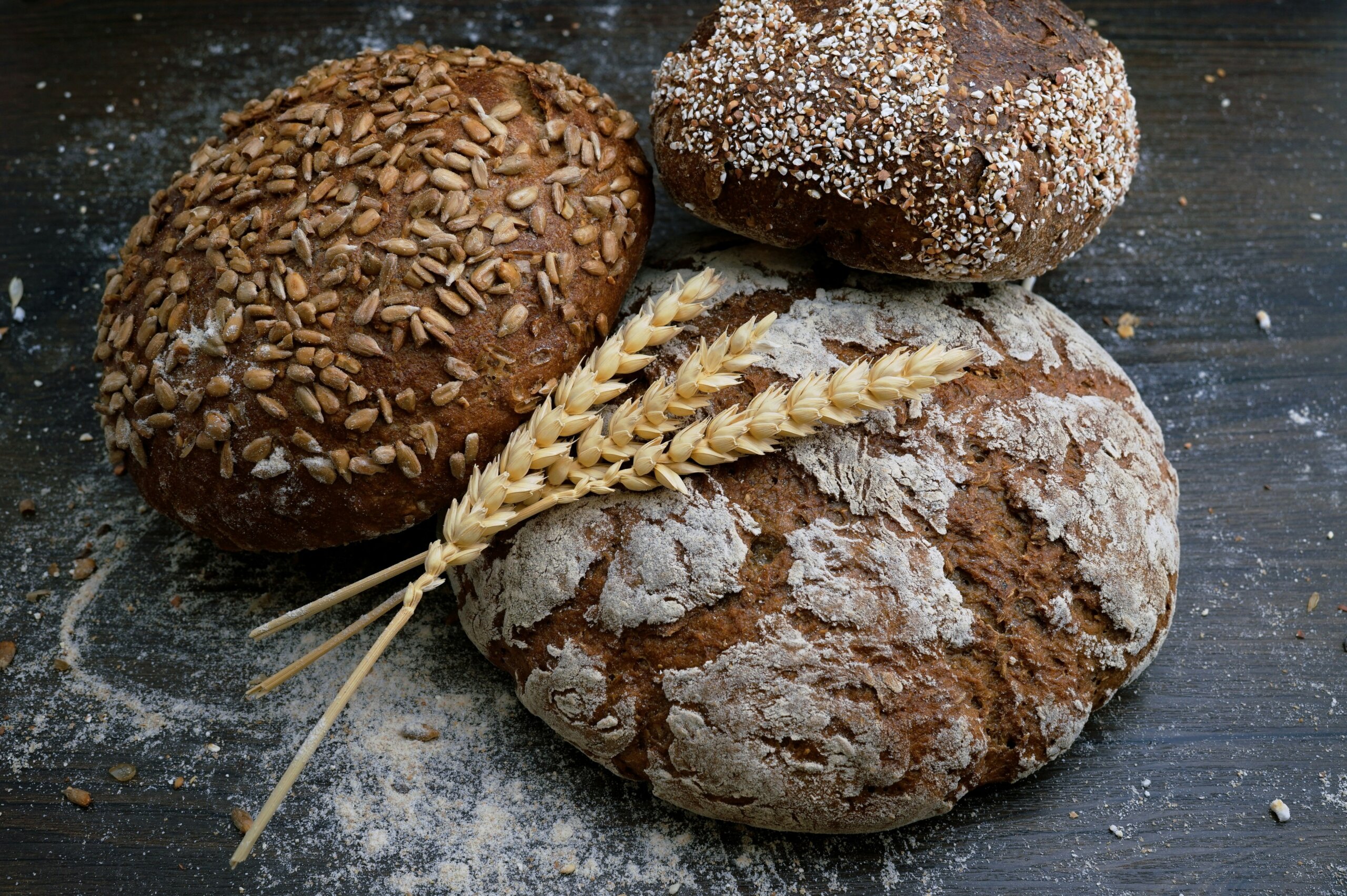Guide for Good Quality Chia Seed
As chia becomes more popular, it may be daunting for the first time buyer to know whether the chia they have been offered is of the quality they expect.
This guide is intended for B2B bulk buyers or importers of Chia seed rather than consumers.
Sellers of chia will offer different grades of chia seed and usually provide a specification which sets out the parameters which you will need to analyse and make a decision on based on the price you are paying and what you will be doing with the chia afterwards. If you are processing the chia further, then such things as immature seeds, other seed and impurities may not be an issue, however pesticides and micros will be an issue. So learn the points that differentiate a good chia from a bad, and then made an educated decision for your own scenario.
[column-quarter-1]
[/column-quarter-1]
[column-quarter-2-3-4]
[su_spacer size=”20″]
Immature seeds
Chia seeds are usually a speckled blackish grey or white seed. Immature chia seeds are a brown colour and contain much lower nutritional values and therefore lower oil and omegas. A high number of brown seeds indicate a poor quality product although a small amount of brown seeds would be expected due to the difficulty in removing them all.
[column-quarter-1]
[/column-quarter-1]
[column-quarter-2-3-4]
[su_spacer size=”20″]
Other seeds
Take a closer look, and then an even closer look. Low quality chia will contain some content of seeds from different weeds, the most common being a type of Amaranth which has tiny round, dark black seeds. They can be spotted since they are round, rather than the oval shape of the Chia seed. A high quality chia seed will not have any other seed, other than Chia, however, they are also difficult to remove so care must be taken to spot these.
[/column-quarter-2-3-4]
[column-quarter-1]
[/column-quarter-1]
[column-quarter-2-3-4]
[su_spacer size=”20″]
Impurities
As with the main commodities, chia is also susceptible to the usual impurities such as stalks, leaf, stones etc.
[/column-quarter-2-3-4]
Pesticides
Pesticide residues is something you should also be careful with for Chia from any region, regardless of whether it is certified organic or not. In our experience with Chia the only safe way to test your product for pesticides is to do your own testing at a reliable laboratory in Europe or the USA from samples taken at the time of loading by a third party. Beware with:
– Modified or falsified lab analysis supplied by the grower/exporter
– Samples provided for testing that may not be representative of the product you are purchasing
– Organic certificates provided that may not apply to the product they are shipping
– Conventional product sold as organic
TradeLink International is based in Argentina and doesn’t produce their own chia, however it contracts grows products and is deeply involved from crop planning along with rigid quality control, logistics and exportation. We also have the flexibility to work as a Third Party Trader and purchase on behalf of companies wanting full quality control in the region, at times even from their existing supply lines. Chia is our speciality and our concern is that the integrity of the product is maintained by all parties involved in this wonderful crop.
